I’ve been lucky enough to visit some brilliant theme parks recently — and also a few disappointing ones in the past.
Disneyland blew me away. Universal Studios Hollywood? Not so much. I know that might be controversial, but here’s the thing: I’m just not a fan of those screen-based simulator rides. Once you’ve done one, you’ve sort of done them all, and by the third time you’ve been jolted around in front of a 3D projection, the really magic starts to wear off, if the nausea hasn’t already kicked in.
It got me thinking: what actually makes a theme park ride good? What makes some rides completely unforgettable, while others leave you feeling like you’ve just sat in a moving cinema?
Here’s what I’ve come to realise.
Not everything needs to be digital
We’re in an era where rides are becoming more and more high-tech, and yes, that’s impressive. But too many rely on screens instead of substance. That was my biggest gripe with Universal Studios Hollywood. It’s all projections and motion bases, but very little physical immersion. You don’t step into a world. You’re just watching one.
Harry Potter and the Forbidden Journey starts off brilliantly, as in the queue is exceptional . Winding through Hogwarts, with moving portraits featuring Dawn French, Dumbledore’s office, the various classrooms. It builds a sense of anticipation beautifully. (And let’s face it, we Brits are connoisseurs of a good queue.)
Take The Wizarding World of Harry Potter, for example. I’d admired it from afar for years, wondering why we’d never been fortunate enough to have such an incredible experience in Potter’s birthplace. Finally getting to see it was surreal. The theming, the details, the atmosphere, it’s spectacular.
But then the ride begins. And it’s screens.
That incredible world, so perfectly realised in the queue, suddenly disappears into a blur of projections and jolts. It’s like queueing up for a magical experience and being handed a poke in the eye. Look, It’s not bad, but it doesn’t live up to what came before. It shows you the world, but the ride itself doesn’t let you feel part of it.
Now compare that to Indiana Jones Adventure at Disneyland, CA. The queue alone is a masterclass in storytelling. Much like Harry Potter and the Forbidden Journey the world feels real before you’ve even boarded the jeep.
Built in 1995, Indiana Jones Adventure: Temple of the Forbidden Eye is now over 30 years old, from a time when the kind of technology we’re seeing today simply wasn’t an option. And yet, it still ranks among the best rides ever created. Not because of the tech, but because of the experience. The queue is a masterclass in world-building. The flickering lanterns, the uneasy silence, the low rumble of something ancient waiting to be disturbed. It pulls you in from the moment you step inside.
That’s the magic of practical design. It gives you something to feel.
Then there’s the ride itself. The vehicle, complete with working headlights, feels genuinely adventurous. You bump and lurch through dark passageways, over rope bridges, through collapsing caverns. One of the best moments? As your vehicle barrels towards another Jeep on a rickety bridge, it suddenly veers away to avoid a head-on collision. It’s fast, clever, thrilling and entirely physical.
Simplicity can be powerful
Not every ride needs to be epic. Sometimes, what sticks with you most is a sense of joy.
Take rides like Peter Pan’s Flight. It’s one of the oldest rides in the Disneyland park, it’s pretty short, and it doesn’t do anything wildly technical, yet the queue is always massive. Why? Because it delivers feeling over flash.
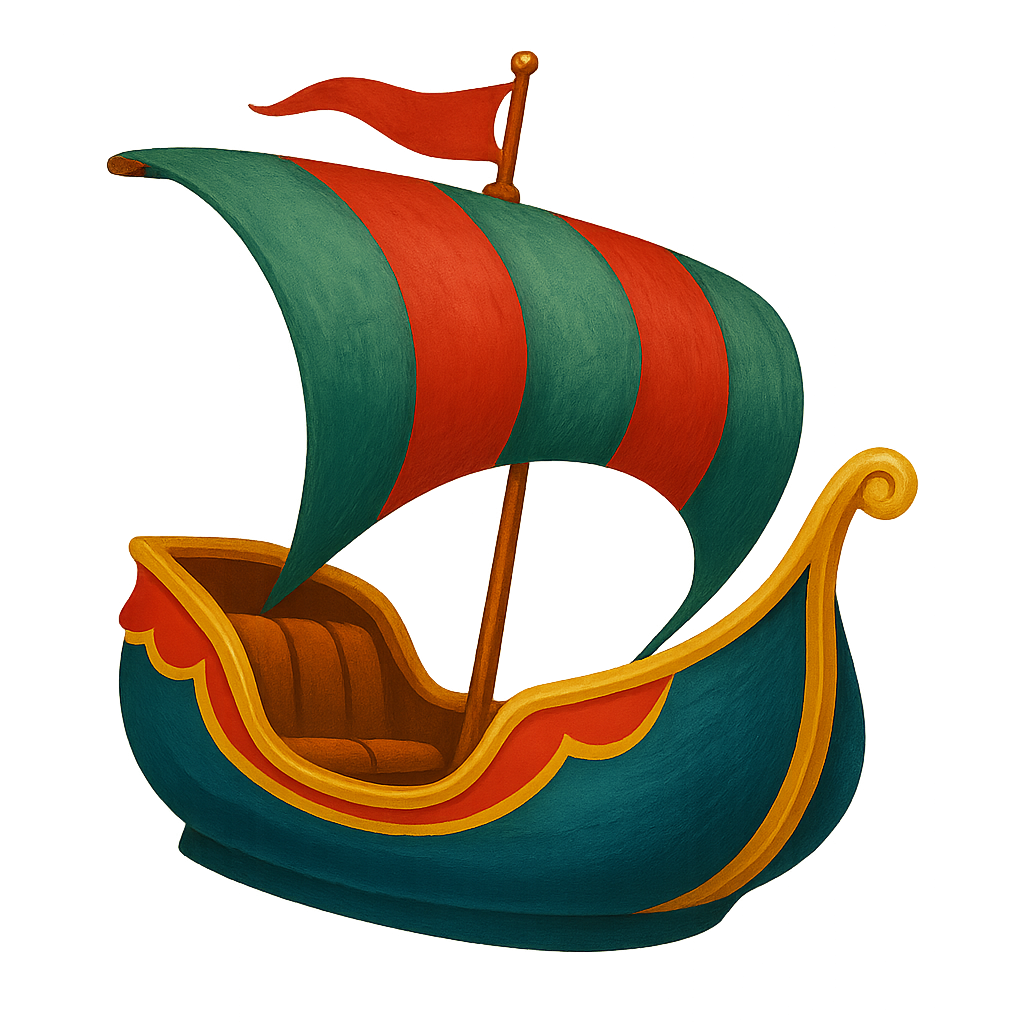
Peter Pan’s Flight
Peter Pan’s Flight was originally designed by Walt Disney Imagineering (known at the time as WED Enterprises), under the creative direction of Herb Ryman, Claude Coats, and Ken Anderson, who were among the early Disney Imagineers shaping Fantasyland.
The original concept was unique for its time in that guests would “be” Peter Pan, flying through the story rather than watching him. In the earliest version of the ride, Peter Pan himself didn’t actually appear, something that confused guests enough that he was later added in the updated versions.
The suspended ride system, which gives the galleon its signature flying sensation, was a groundbreaking element, helping the attraction stand out from other dark rides of the era.
Soaring gently above a glowing miniature London, sailing past Neverland, it taps into something simple but deeply nostalgic. It doesn’t need a drop or a twist or a screen to wow you. It trusts in its own charm.
I talk about the importance of nostalgia on another of my blog posts.
I recently watched a vlog by Paging Mr. Morrow (one of my favourite Disney vloggers) who was invited to the launch of Disneyland’s 70th anniversary celebrations. While he was there, he took a ride on Alice in Wonderland in Fantasyland. It’s not the most ground-breaking attraction in the world, but it’s a great example of how Disney has gently evolved its classics. The ride has stood the test of time, thanks to its playful design and a few clever tweaks including subtle use of projections that enhance the story without overwhelming it.
It proves that a ride doesn’t have to reinvent the wheel. Sometimes, all it needs is imagination, consistency, and a bit of love.
Screen time isn’t a no-no
Now, I’m not anti-screen (or anti Universal Hollywood Studios for that matter). One of my favourite recent rides is Mickey and Minnie’s Runaway Railway and that’s technically screen-based. But it works, because the screens are part of a wider, more creative ride design. The transitions are clever, the visuals are bold, and the physical sets tie everything together. It’s not just a projection show, it’s a full sensory experience.
You feel like you’re inside the cartoon not just watching it happen from the sidelines.
So, what’s the secret formula?
After all these visits and ride-throughs and sometimes slightly regretful queue times, this is what I think makes a good theme park ride:
- It tells a story – and brings you into it
- It uses real, tactile design to build atmosphere
- It surprises you
- It sticks with you afterwards
A good ride doesn’t just show you a world, it pulls you into one. It leaves you with a feeling you want to return to. Sometimes that’s adrenaline, sometimes it’s wonder, and sometimes it’s just a big nostalgic grin.
You can’t always put your finger on what made it special, but you just know it was, and in the end, that’s what makes a ride truly great.
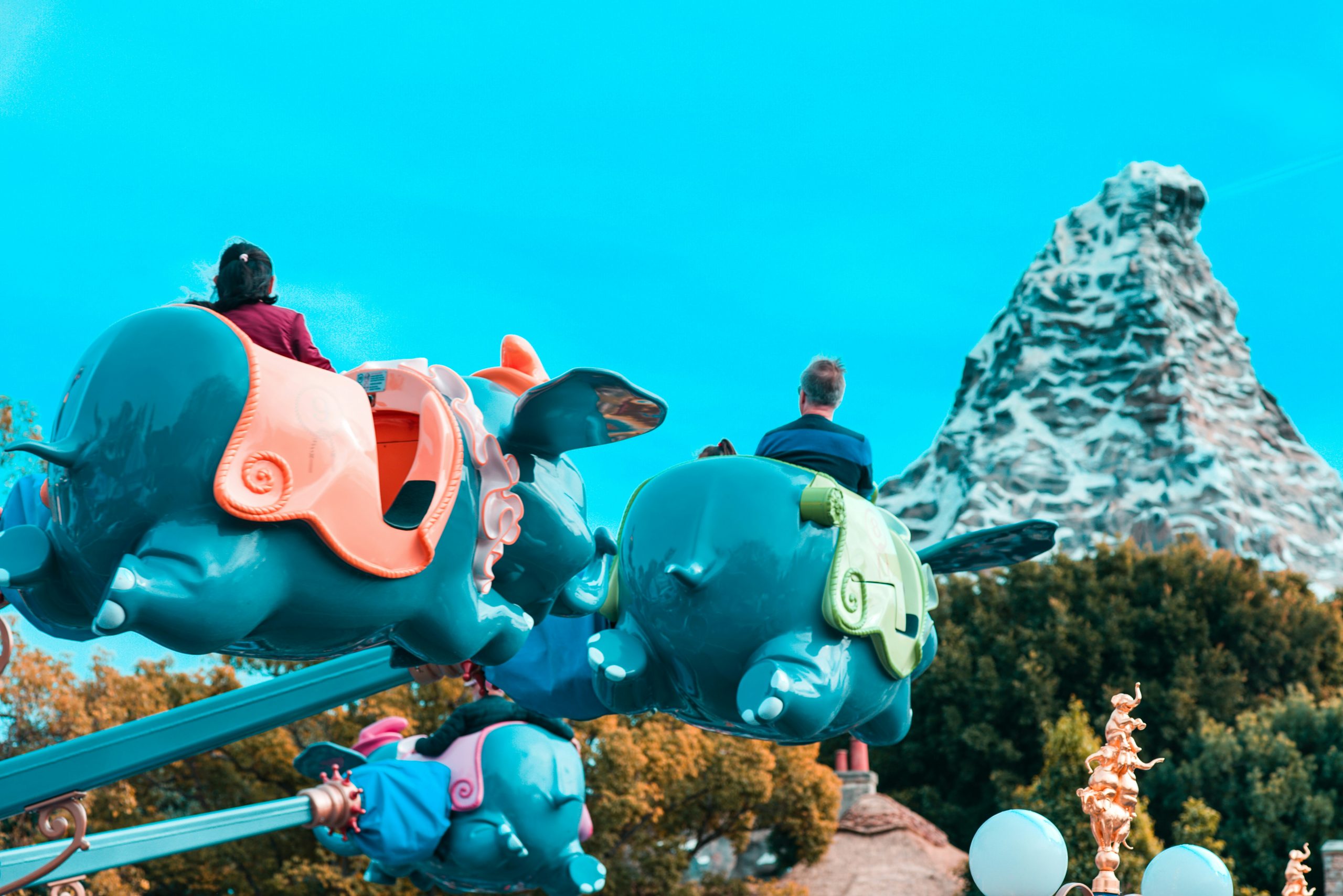
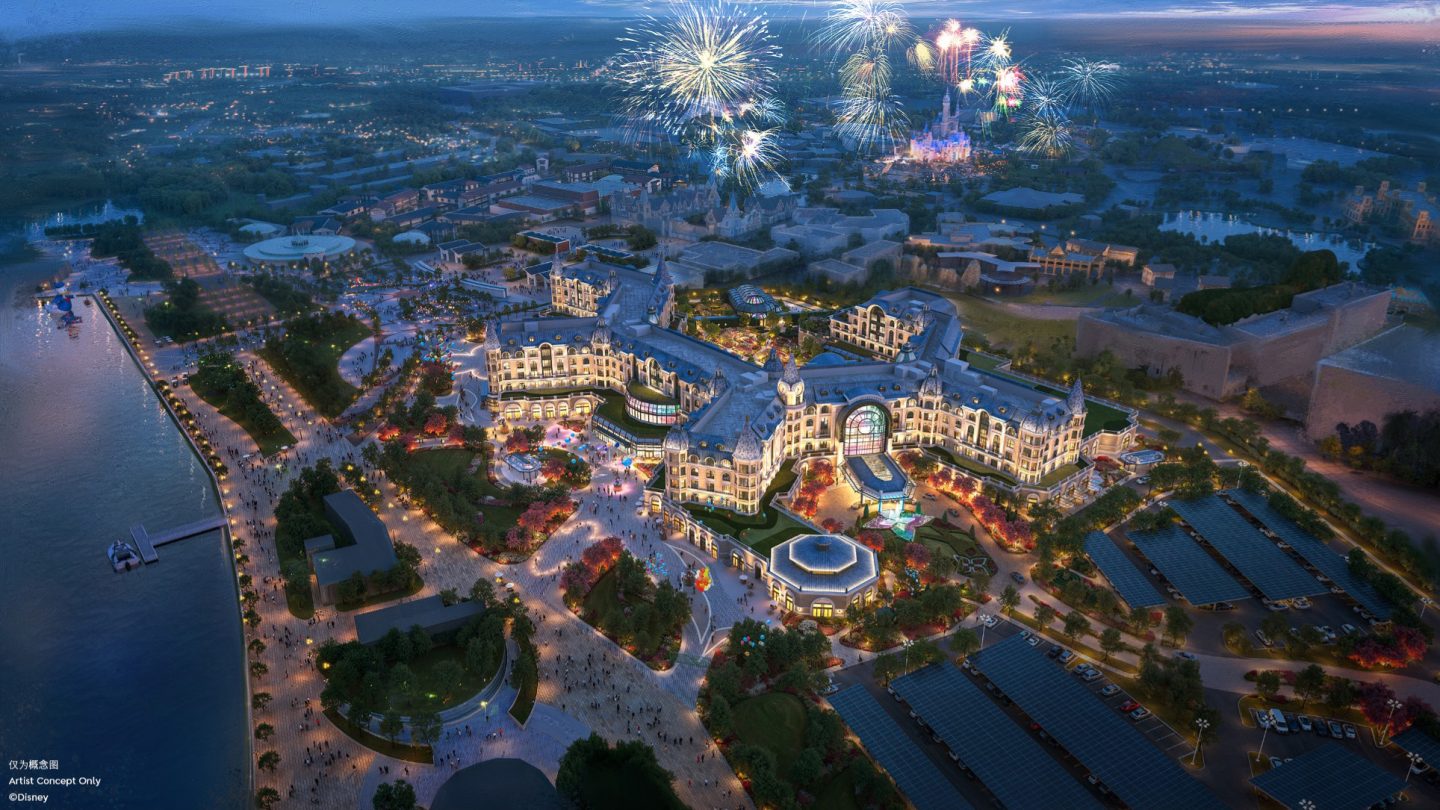
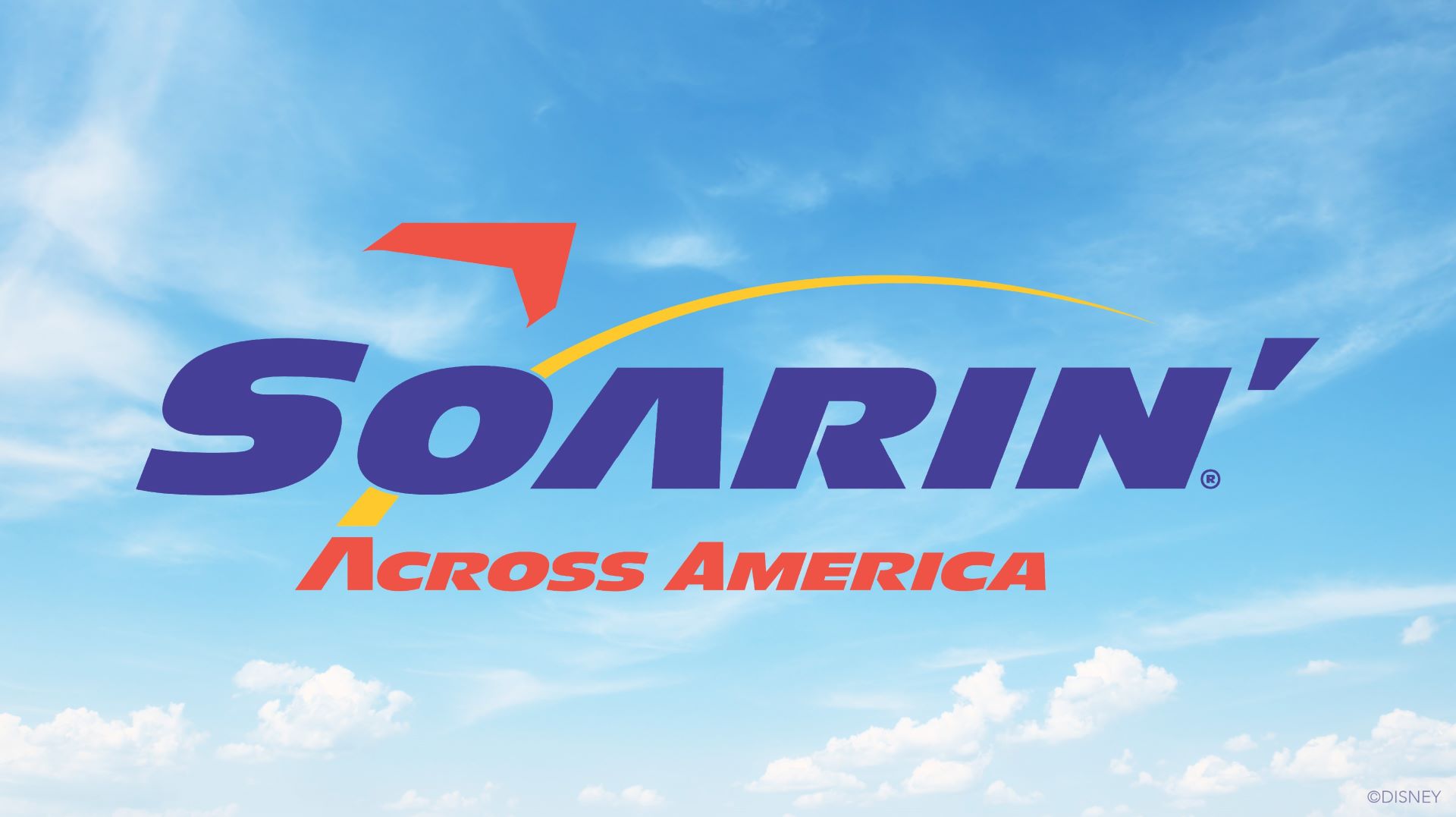
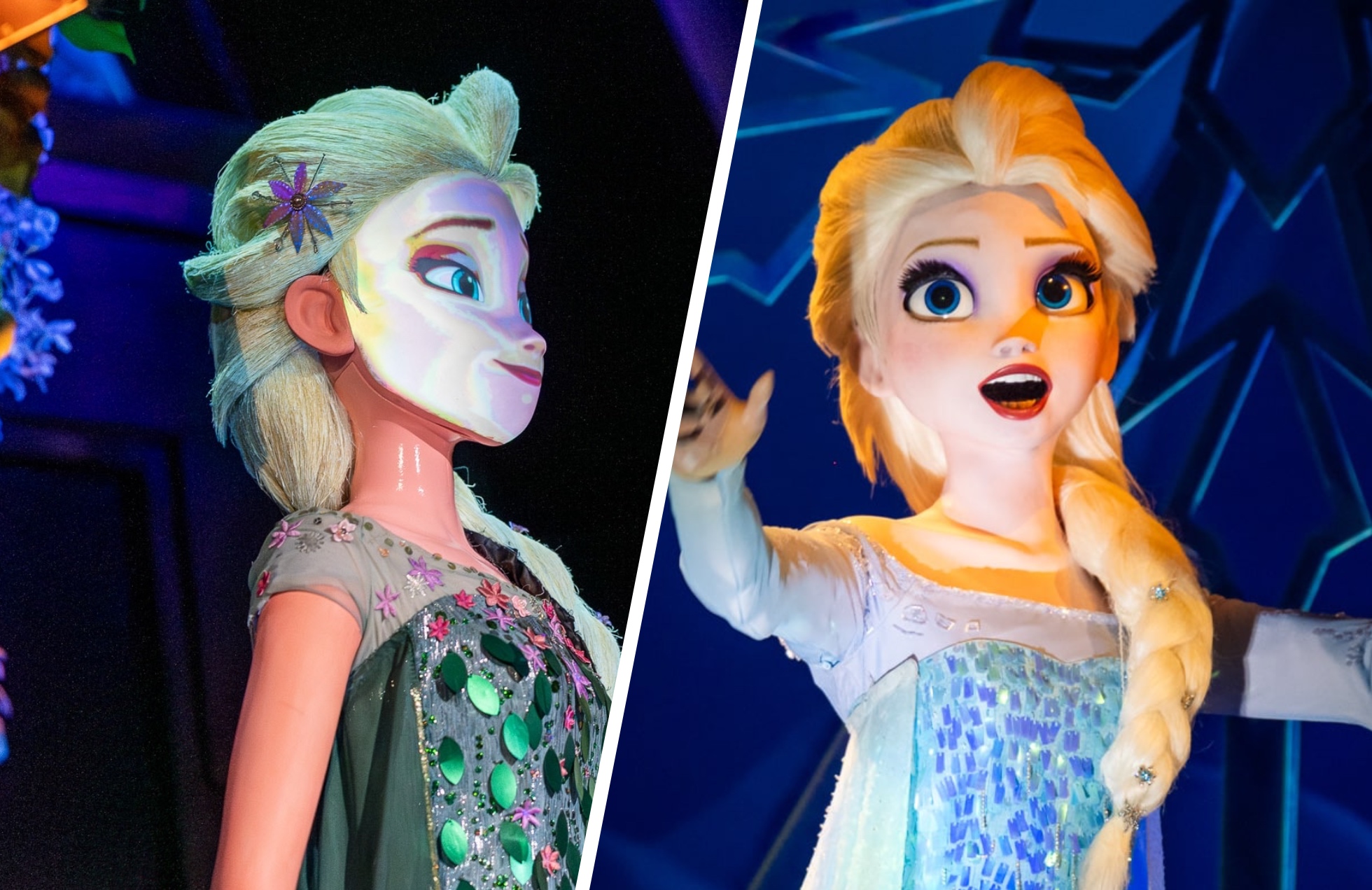
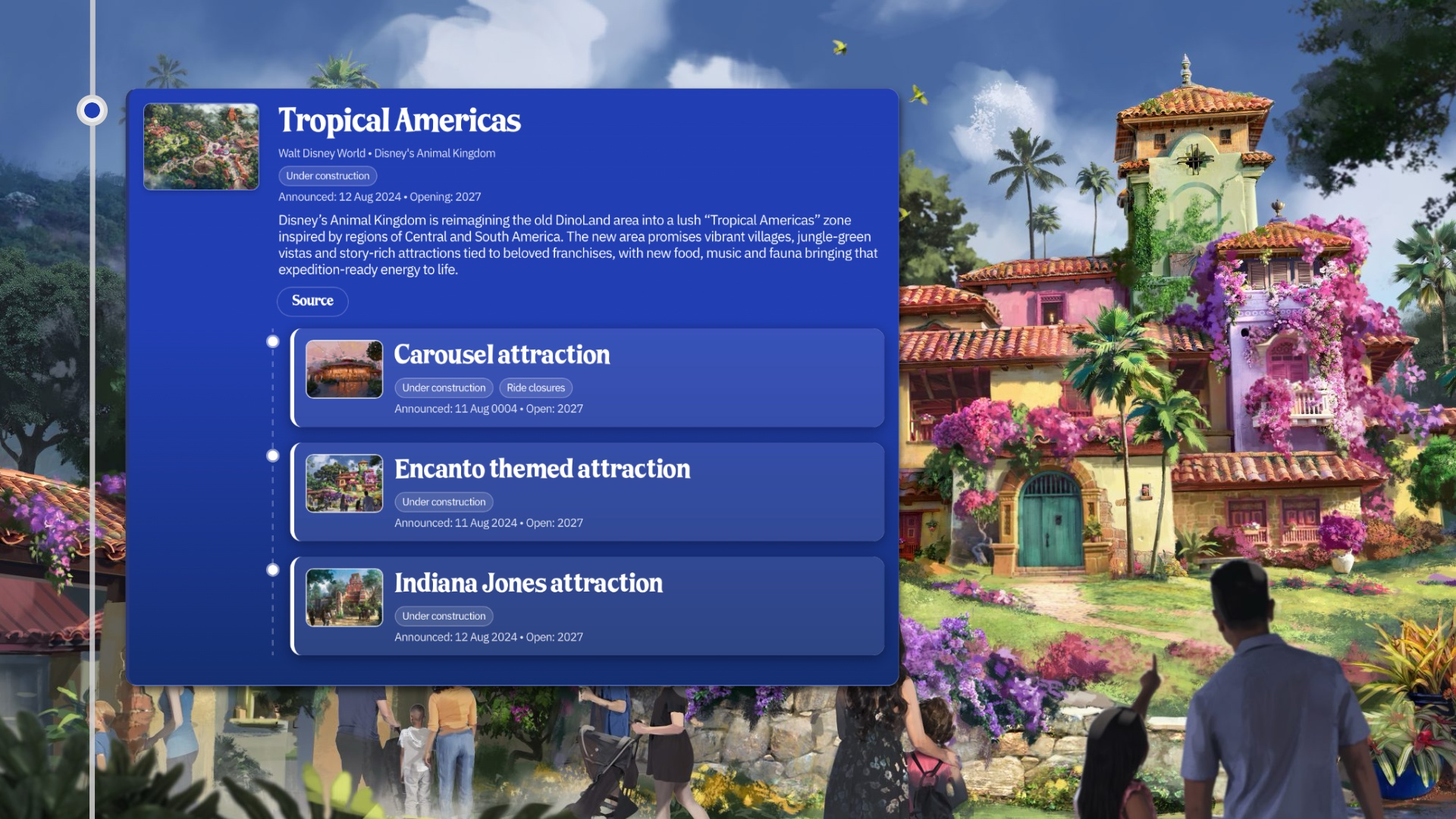

Leave a Reply